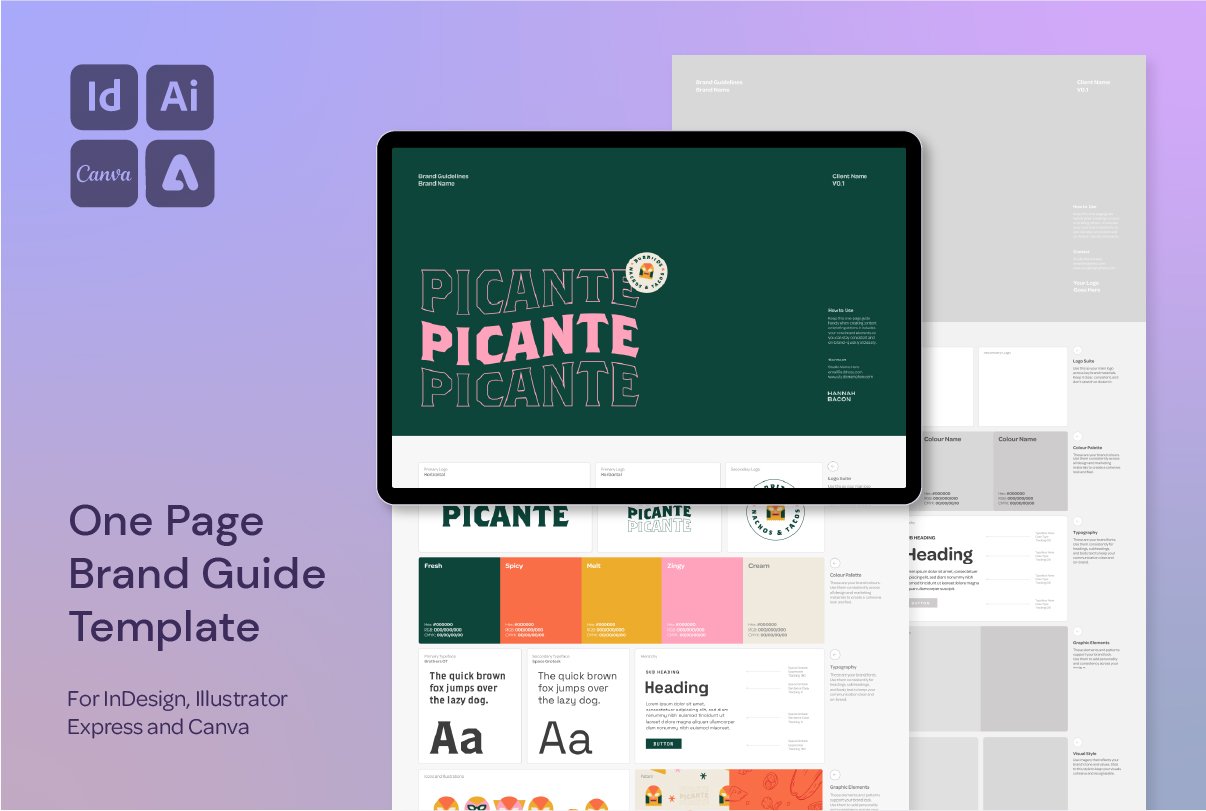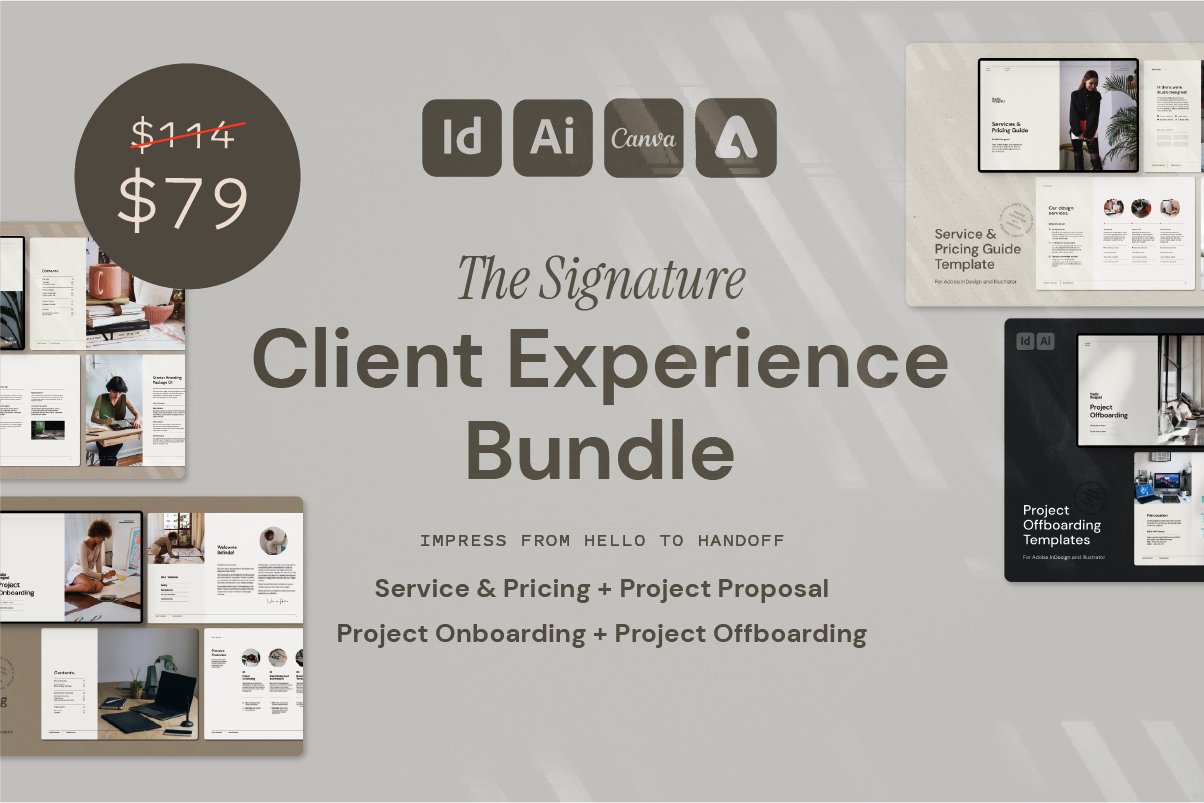How to Create a Sticker Effect in Adobe Illustrator (Easy & Customisable)
Add a Sticker-Style Outline & Shadow to Your Text in Illustrator
If you've ever wanted to create that fun, sticker-style text effect you see all over Instagram, Reels, or on physical merch like die-cut stickers—this one’s for you.
Today I’ll show you how to create a custom sticker effect in Adobe Illustrator that’s fully vector, scalable, and perfect for content creators, illustrators, and small product brands. It’s super satisfying, easy to tweak, and gives your type or graphics a polished, print-ready look.
You can check out this video (and lots more!) over on my Instagram Page @hannah.bacon.design
Create a Vector Sticker Effect in Illustrator
1. Start with Your Text
Type out your word or phrase
2. Expand the Text & Unite the Shapes
Go to Object → Expand to convert your text into shapes
Head to the Pathfinder panel → Unite to merge everything into one solid shape
3. Duplicate & Offset the Shape
Copy and Paste in Place (Cmd/Ctrl + C, then Cmd/Ctrl + F)
With the copy selected, go to:
Appearance Panel → Effect → Path → Offset PathSet an offset value that creates a nice border (adjust to taste)
Then Expand Appearance to make that border a shape
4. Clean It Up with Pathfinder + Shape Builder
Use Pathfinder → Unite again to clean it up
If you have stray pieces, use the Shape Builder Tool (Shift + M) to tidy them up manually
5. Style the Sticker Base
Change the fill colour of the offset shape
Bring your original text to the front using Shift + Cmd/Ctrl + ]
Give the offset shape a stroke (outline) to make it pop—this helps it feel like a real sticker cutout, especially if your background is the same colour
6. Add a Drop Shadow
Copy the offset shape again
Change its fill to a darker colour and nudge it down/right slightly to create a shadow
Place it behind everything to complete the sticker look
Want More Time-Saving Tools and Freebies?
This process is just one of the techniques I share across my design templates and digital assets, made especially for designers who want professional results—without starting from scratch every time.




